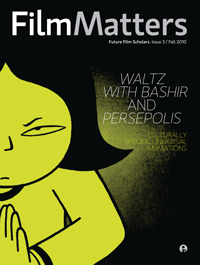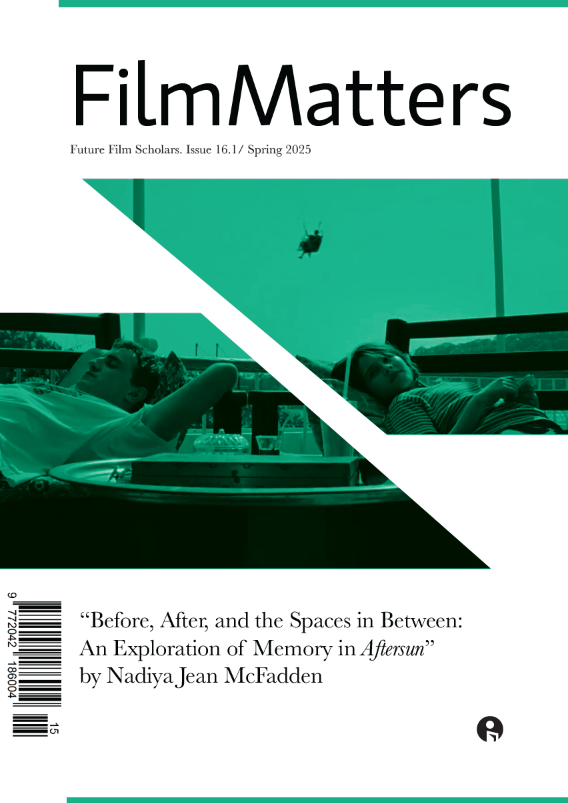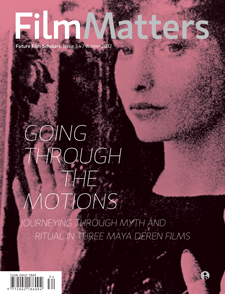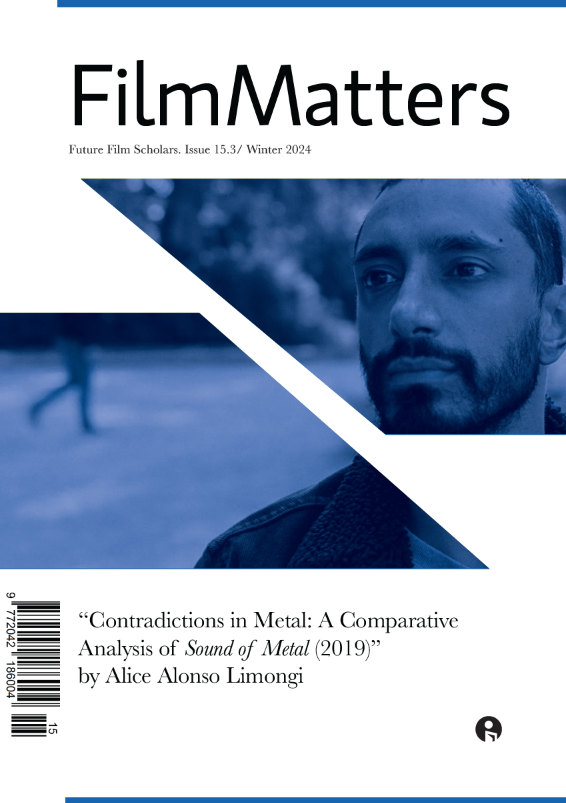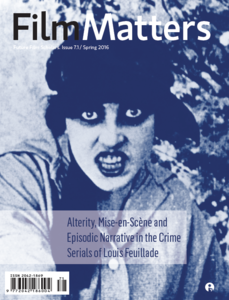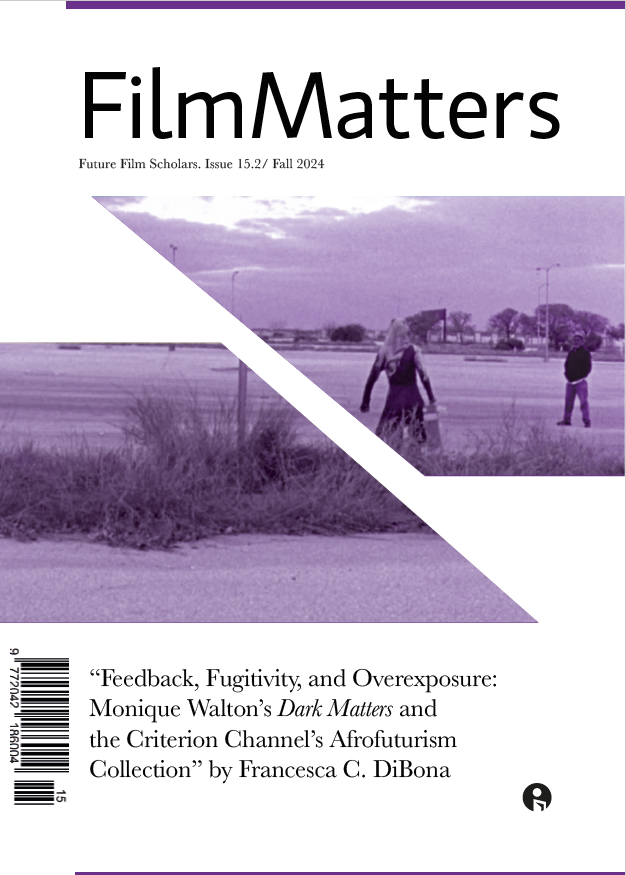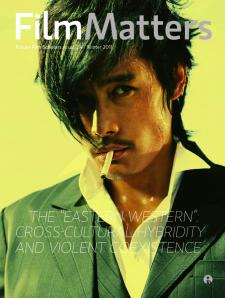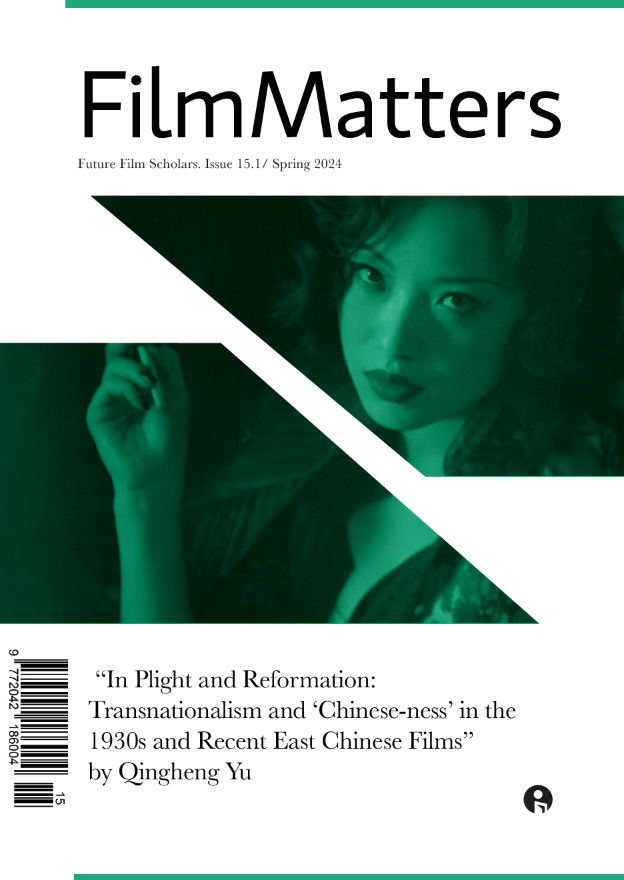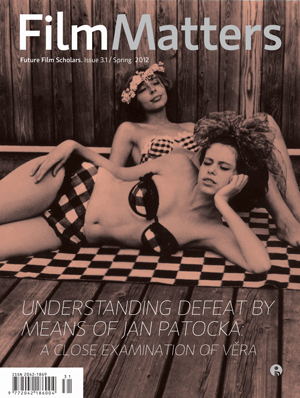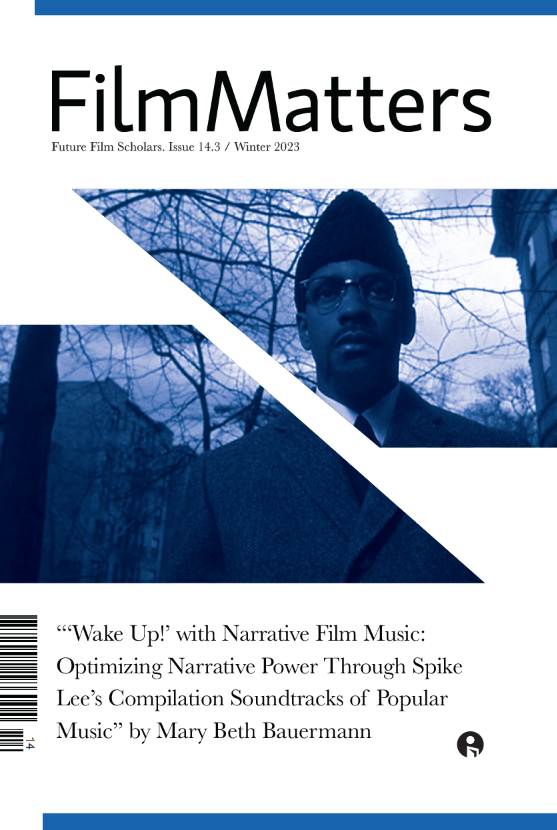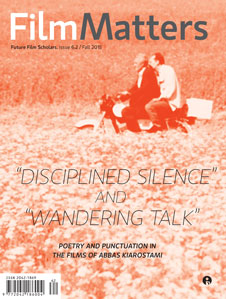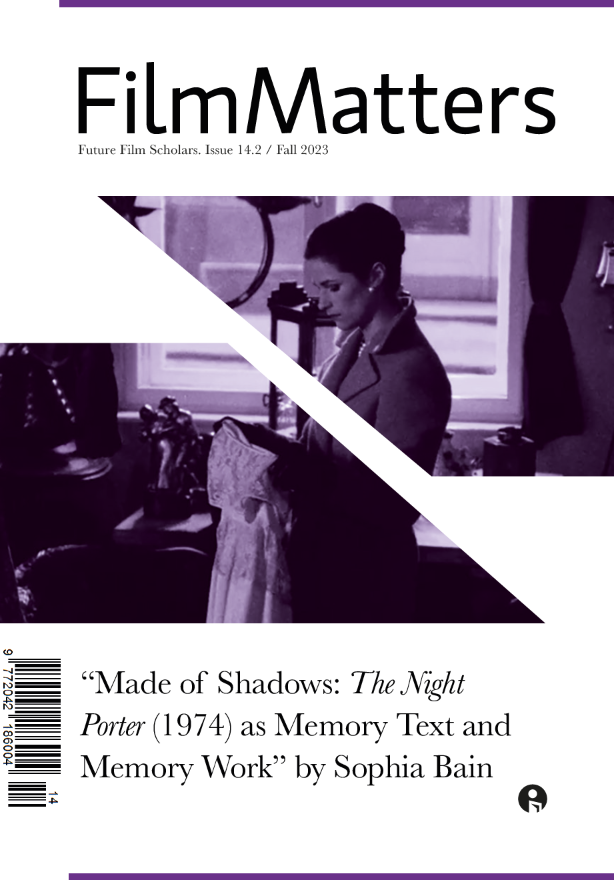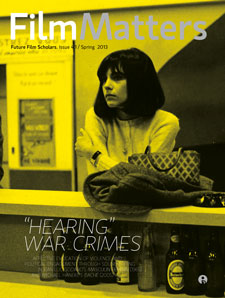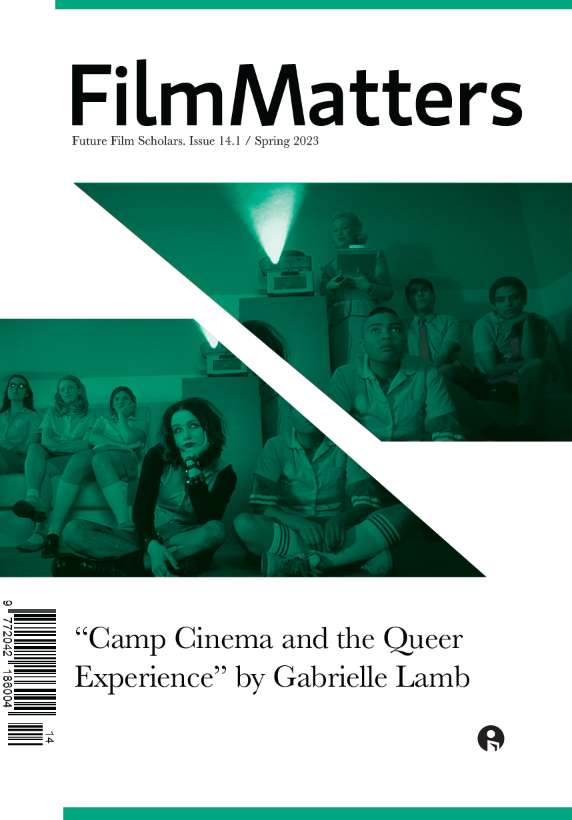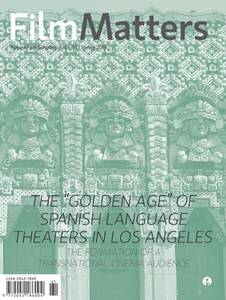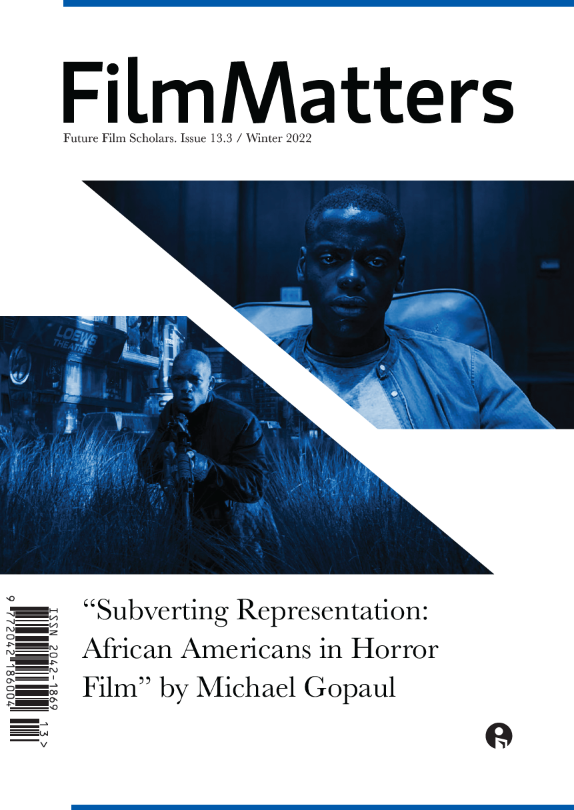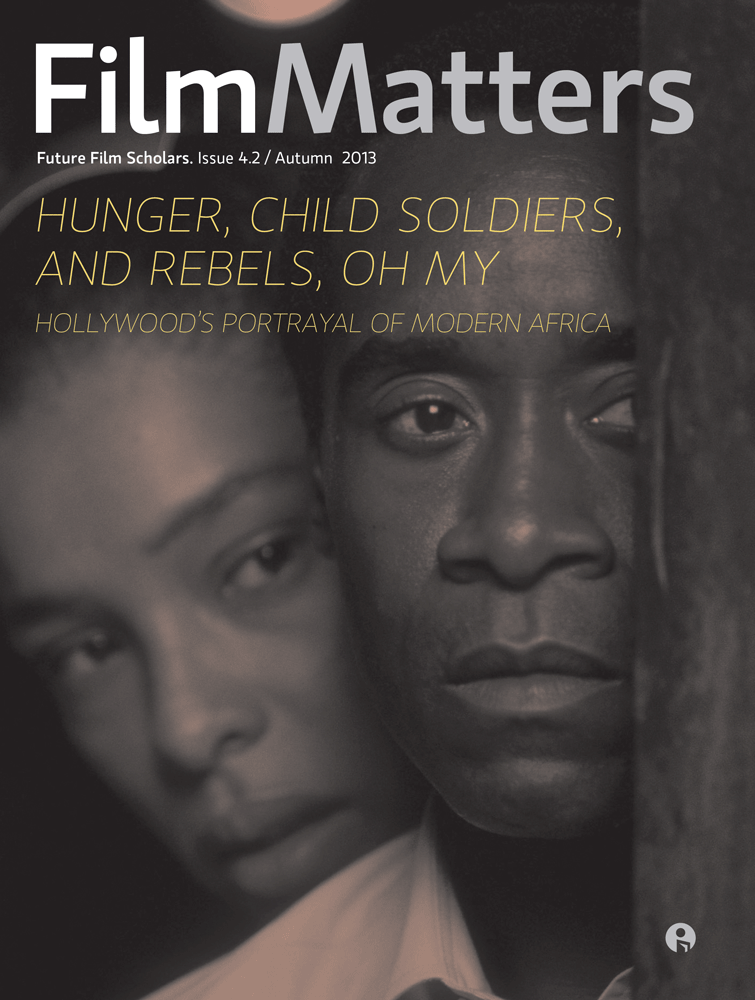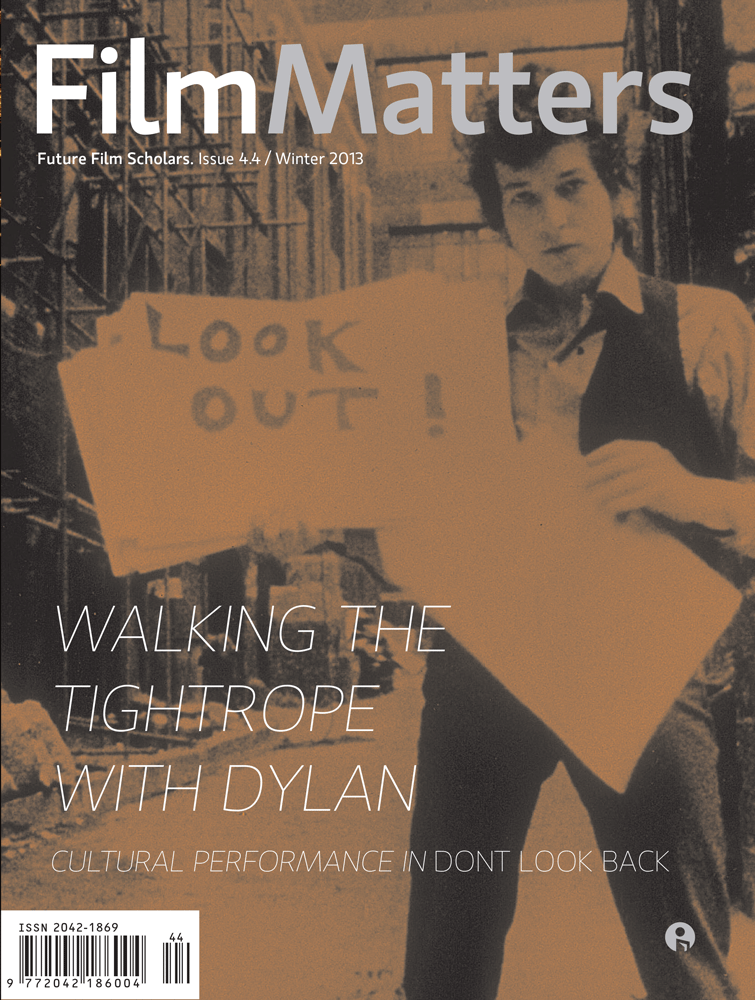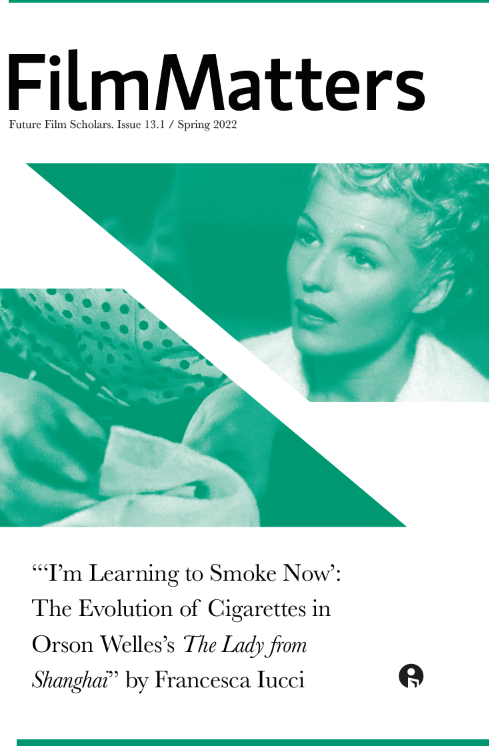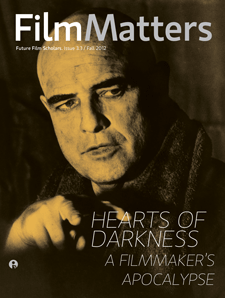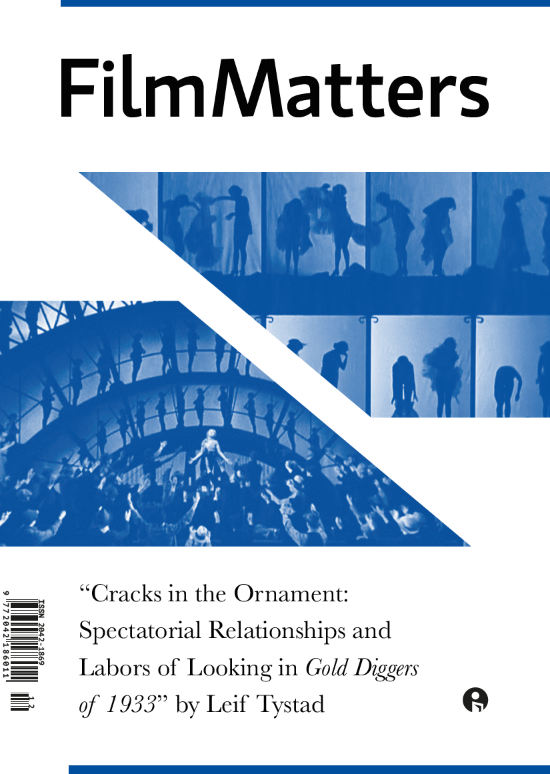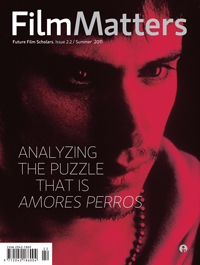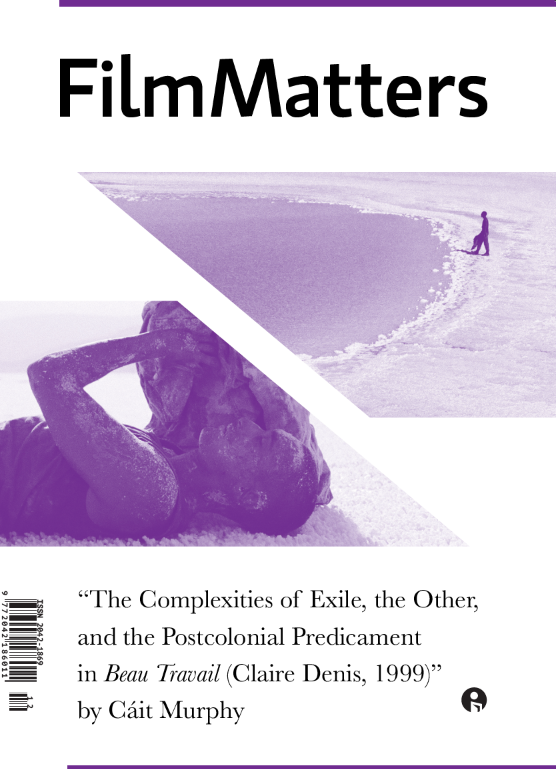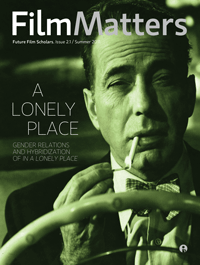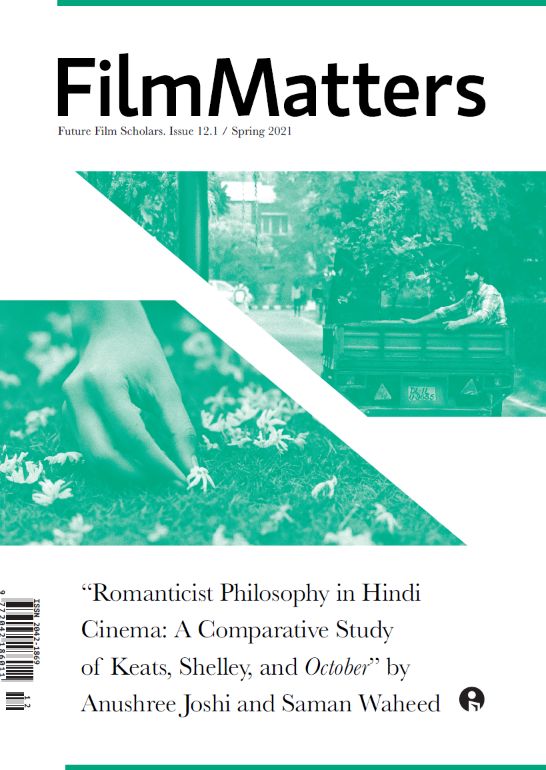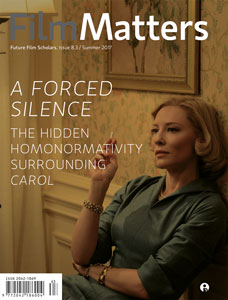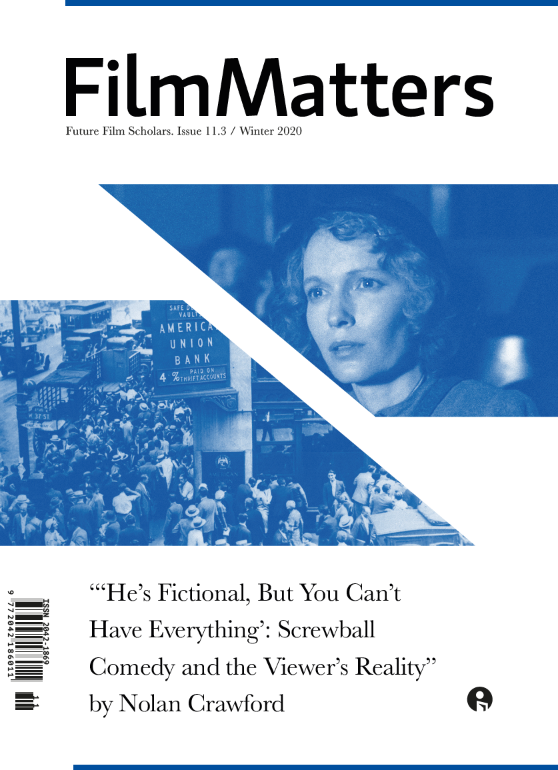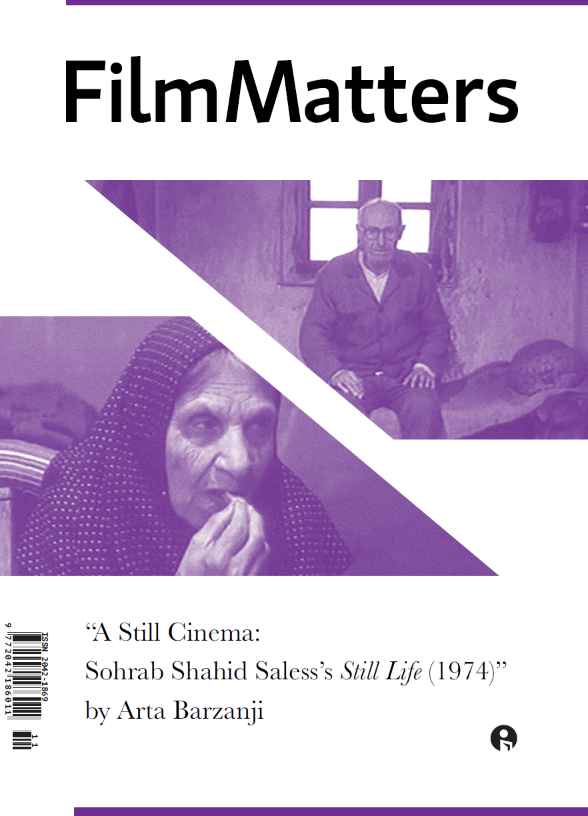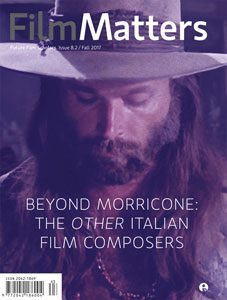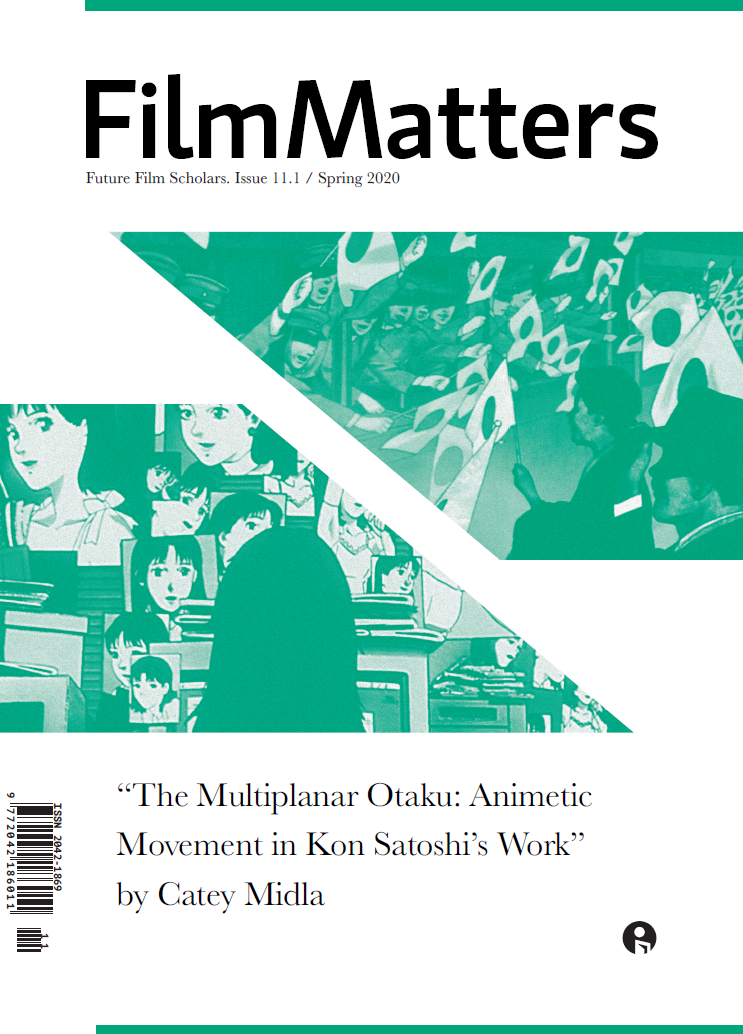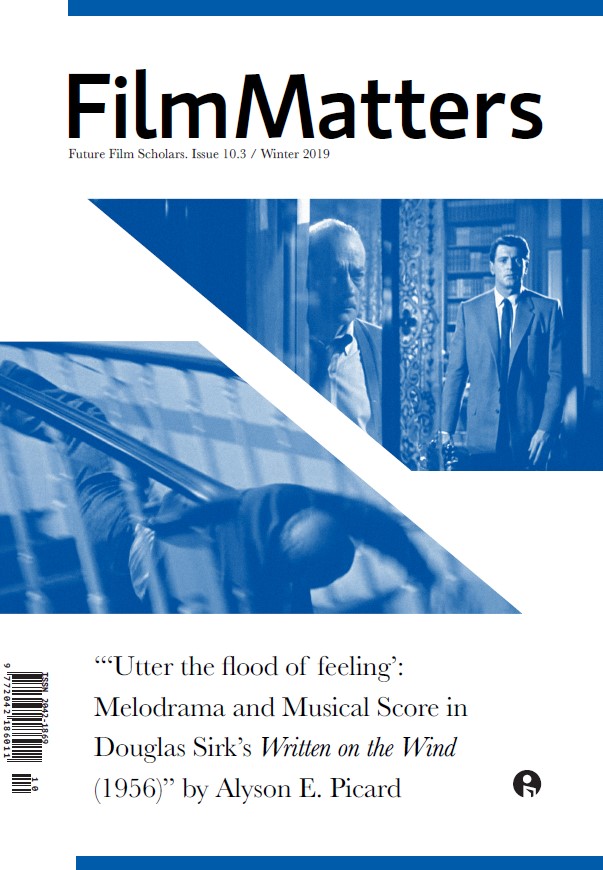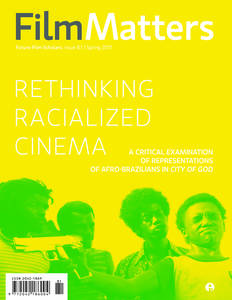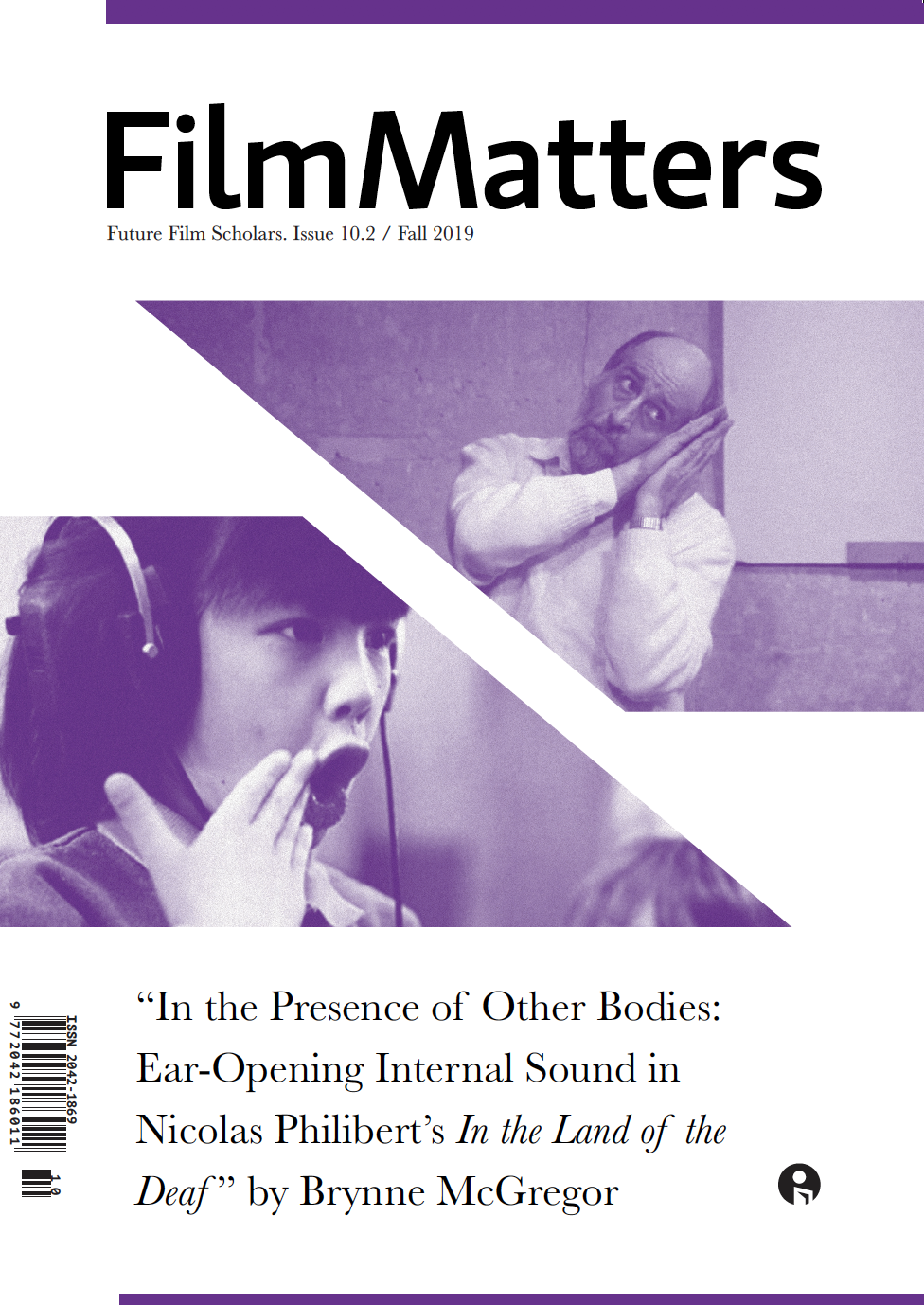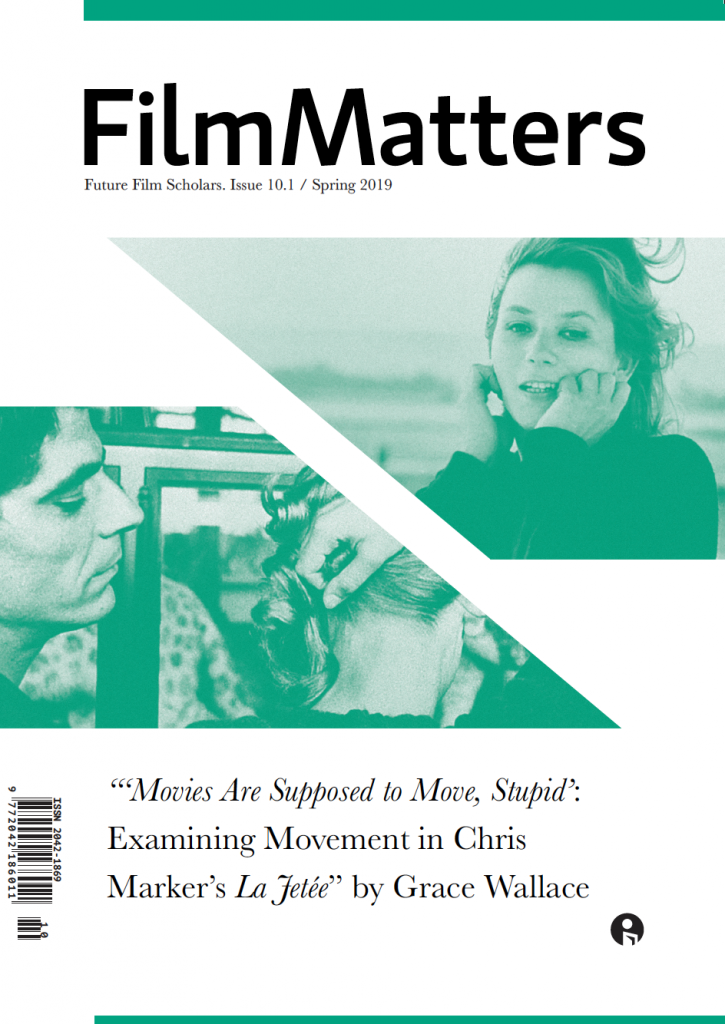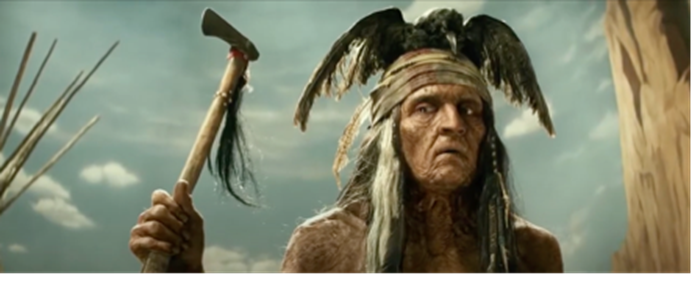
Gore Verbinski’s 2013 film, The Lone Ranger may have flopped at the box office, but beneath its glossy Disney exterior lies a revisionist Western that critiques settler colonialism, corporate greed, and Hollywood’s history of flattening Indigenous characters. The film breaks away from the typical hero-sidekick dynamic by giving Tonto (Johnny Depp) emotional depth, a tragic backstory, and room to evolve, making it a strong candidate for cultural reevaluation.
“Hi-Yo. Silver! Away!” — or so Disney might wish, as The Lone Ranger, released in 2013 saddled up and rode away into the sunset away from mainstream audiences. The film, a remake of the 1949-1957 TV show, The Lone Ranger, tells the story of John Reid, a reluctant vigilante, and his partner Tonto, a Comanche warrior outcast, who seek justice in a corrupt Western world. Critics claim that the strong casting does not, “make up for The Lone Ranger‘s bland script, bloated length, and blaring action overkill” (“The Lone Ranger – Movie Reviews”). Controversies surrounding its lead actors, paired with Disney’s branding misfires, only worsened the reception. However, The Lone Ranger uses blockbuster expectations to subvert genre norms, leaning into uncomfortable themes like settler violence and historical trauma through its visuals, flashbacks, and character development.
The movie’s failure can be partly attributed to mismatched expectations. The Walt Disney financial report explains that the film was written down resulting in a $17 million loss due to crowded competition in theaters (The Walt Disney Company 42). Gore Verbinski, director of the Pirates of the Caribbean franchise, was hired by Disney to create another live action hit but instead delivered a politically bold and symbolic Western film. In Film Matters, Justin R. J. King writes that the film, “… turns two major stereotypes inside out and makes them into something completely opposite” (61). That reversal makes the film’s Indigenous representation radical; it takes a familiar character, Tonto, and gives him a tragic backstory, agency, and emotional development.
The lead actors’ controversies deeply affected the film’s reputation. Depp’s overexposure to films and highly publicized personal life tarnished his reputation, which additionally affected The Lone Ranger’s success. Followed by Armie Hammer’s disturbing abuse allegations, which led to the film quietly being removed from Disney+ (Pulver). Outside of the headlines, the film still stands as an attempt to center an Indigenous character’s trauma in a mainstream production.
This is clearest in the museum scene early in the film, where a young Caucasian boy named Will (Mason Cook) comes across an aged Tonto in a Wild West exhibit (Figure 1). Believing him to be a wax figure, Will fires his toy gun at him ten times, after a subtly flinch from Tonto (Figure 2). This moment frames the Native identity as something frozen in time, silenced by display, and targeted by generations raised to reenact colonial violence. Tonto’s haunted eyes say everything as the scene shifts the perception of Indigenous identity from something of the past to a continued act of survival.
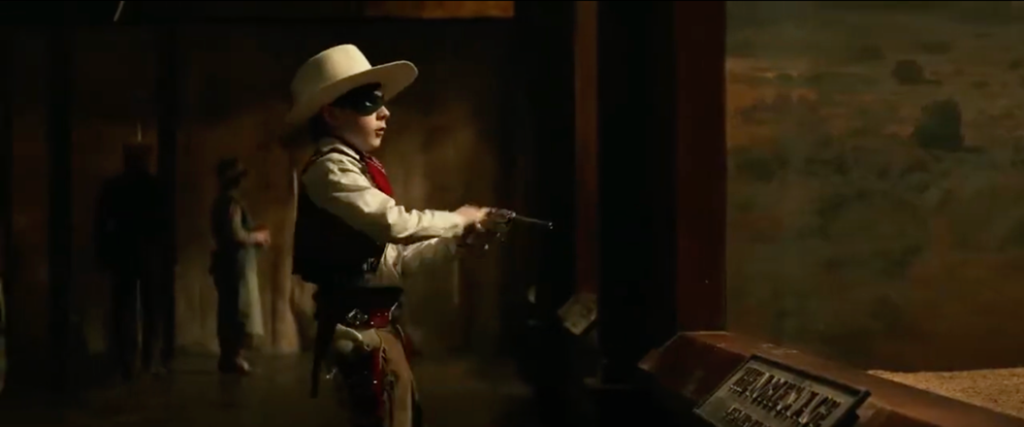
The film shows Tonto’s past through flashbacks, revealing that he gave silver to white settlers unknowingly causing the genocide of his entire tribe. That moment explains the way he acts later, including his face paint, the way he talks, and the bird on his head. These are all intentional symbols to reflect and provide context for his personal journey with grieving. As Jennifer Jenkins engages with decolonial practices writes, the film created, “a more fully rounded Comanche backstory” for Tonto, which pushes against typical Hollywood portrayals of Native characters (Jenkins). The Lone Ranger (Armie Hammer) begins the film as a lawyer who believes in justice, but his experience in the West forces him to question everything. His gradual disillusionment mirrors Tonto’s, and their connection comes from a shared understanding of betrayal. While the film has all the expected Disney elements like CGI, orchestral music, and big action, it allows space for more reflective moments. That contrast is part of what makes the film worth paying attention to.
The Lone Ranger is a film that deserves more than the quick dismissal it received. Despite criticism about its length and overblown action, the film dives deep into themes of corporate greed, moral dilemmas, and historical realities. Tonto’s character is a starting point to reimagine what Indigenous characters can look like in mainstream cinema. While it does not align with Disney’s typical formula, this deviation is what makes the film stand out. Rich in historical depth and character development, The Lone Ranger offers a unique perspective on the Western genre, and it’s time it receives the recognition it deserves.
References
“Armie Hammer Denies Cannibalism Claims in Louis Theroux Interview.” The Guardian, 11 Feb. 2025, https://www.theguardian.com/film/2025/feb/11/armie-hammer-denies-cannibalism-claims-in-louis-theroux-interview. Accessed 15 Mar. 2025.
Disney+. Disney, www.disneyplus.com. Accessed 15 Mar. 2025.
Jenkins, Jennifer L. Review of Cinematic Comanches: The Lone Ranger in the Media Borderlands, by Dustin Tahmahkera. Southwestern Historical Quarterly, vol. 126 no. 3, 2023, pp. 389-390. Project MUSE, https://dx.doi.org/10.1353/swh.2023.0007.
“Johnny Depp and Amber Heard Marry.” The Guardian, 2015, https://www.theguardian.com/film/2015/feb/05/johnny-depp-and-amber-heard-marry Accessed 14 Mar. 2025.
King, Justin R. J. “Change or No Change: Native American Representations of Race in Disney.” Film Matters, vol. 5, no. 2, 2014, pp. 58–61. EBSCOhost, https://doi-org.liblink.uncw.edu/10.1386/fm.5.2.58_1. Accessed 14 Mar. 2025.
The Lone Ranger. Dir. Gore Verbinski. Perf. Johnny Depp, Armie Hammer, Ruth Wilson. Walt Disney Pictures, Jerry Bruckheimer Films, 2013.
“The Lone Ranger (2013).” IMDb, https://www.imdb.com/title/tt1210819/. Accessed 15 Mar. 2025.
“The Lone Ranger – Movie Reviews.” Rotten Tomatoes, 2013, https://www.rottentomatoes.com/m/the_lone_ranger/reviews. Accessed 18 Mar. 2025.
The Walt Disney Company. “2014 Annual Report – The Walt Disney Company,” Oct. 2015, thewaltdisneycompany.com/app/uploads/2015/10/2014-Annual-Report.pdf. Accessed 14 Mar. 2025.
Author Biography
Kloe Kelly is a senior Film Studies major at the University of North Carolina Wilmington, graduating in Spring 2025. She focuses on documentary filmmaking, graphic design, and editing. Her work often centers underrepresented voices in media, with recent projects including Port City Locals, a documentary about Wilmington’s evolving identity.

